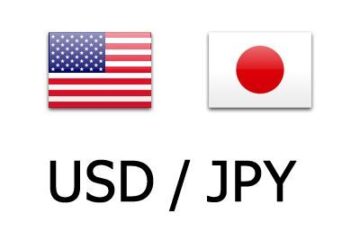The Fed’s preferred inflation gauge spiked higher last month, suggesting consumer price pressures will extend through the summer months.
The Federal Reserve’s preferred measure of U.S. inflation spiked higher last month, data indicated Friday, suggesting consumer prices pressures are unlikely fade over the near-term amid elevated crude prices and global supply chain disruptions.
The June core PCE Price Index rose 4.8% from last year, near the highest levels since 1983, and 0.6% on the month, the Bureau of Economic Analysis reported, a figure that modestly ahead of Wall Street forecasts and defies suggestions of a easing consumer price pressures in the world’s biggest economy. The May increase estimate was confirmed at 0.3%.
The headline PCE index was up 1% on the month and 6.8% on the year, again close to the highest levels since 1980. Personal income rose by a more-than-expected pace 0.6%, while personal spending rose by 1.1%, the BEA noted, well ahead of the Street consensus forecast of a 0.4% advance.
The Bureau of Labor Statistics’ headline inflation rate for June was pegged at 9.1%, the highest in more than 41 years, up from the 8.6% pace recorded in May, with core CPI rising 5.9%
Stock Market Today – 7/29: Stocks Higher On Apple, Amazon Boost, Fading Fed Rate Bets
Wall Street futures pared earlier gains following the data release, with the Dow Jones Industrial Average indicating a modes 2 point dip and those tied to the the S&P 500, which is up 7.6% for the month, up 15 points.
Benchmark 10-year U.S. Treasury bond yields edged higher, to 2.717% following the data release, while 2-year note yields jumped to 2.931%
The CME Group’s FedWatch tool is showing a 68% chance of a 75 basis point rate hike in September, down from around 80% prior to the PCE data, with bets now pointing to a potential pause by the end of the year.
The Atlanta Federal Reserve’s GDPNow forecasting tool, a real-time benchmark, suggests the U.S. economy is shrinking at a 1.2% clip, following data from the Commerce Department yesterday that showed a second quarter contraction of 0.9%


